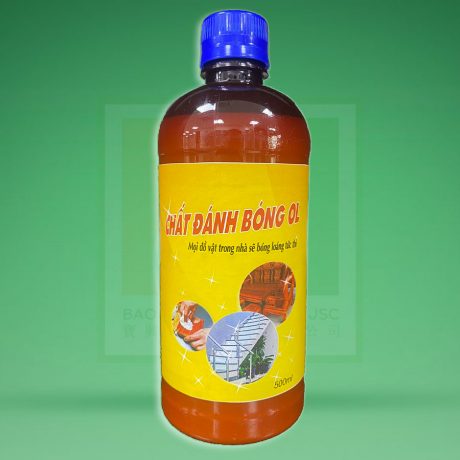No products in the cart.
Find the material that makes the building change the temperature itself
Researchers at RMIT University have developed a new ultra-thin material that reacts with heat and cold air, paving the way for “smart windows”. This study was conducted at RMIT University’s ultra-modern nano-lab, with colleagues from the University of Adelaide, and supported by the Australian Research Council.

A scientist from the research team found the “smart window” standing in front of his work.
This self-correcting coating is thinner than this thousands of human hairs that will work by allowing more heat to enter when it’s cold and blocking the sun’s rays when it’s hot. Smart windows are able to naturally adjust the internal temperature of the building, providing great environmental benefits and significant financial savings. Vice Professor Madhu Bhaskaran, the project’s principal investigator, said this important invention will help meet future energy needs, while also creating buildings that change their temperatures.
According to Madhu Bhaskaran: “We are putting the production of smart windows, preventing heat in the summer and keeping the heat inside when the weather gets cooler, becoming feasible.
We lose most of the energy for buildings into windows. This makes maintaining a building at a certain temperature very wasteful and an inevitable process. ”
“Our technology is likely to reduce the cost of air conditioner and heaters, and will significantly reduce the carbon footprint of various large and small buildings. The solution to the energy crisis comes not only from the use of renewable energy, but also the smart technology that can eliminate the problem of energy wastage as a vital solution “- explained Mrs. Madhu Bhaskaran.
According to RMIT University, smart glass windows are 70% more energy efficient in the summer and more than 45% in winter compared to standard two-way glass. The report shows that New York’s Empire State Building saved US $ 2.4 million in energy and cut greenhouse gas emissions by about 4,000m3 after assembling smart windows. And this building uses less efficient technology.
The Empire Building with glass windows which still needs operating energy, while our coating materials do not need energy and react directly to temperature changes.
Mr. Mohammad Taha, a co-researcher and project graduate student, said that although the coating material reacts to temperature, it can also be switched off easily with a simple transfer device.
According to Mr. Mohammad, this transfer device is similar to dimmer (the device used to adjust the lamp’s brightness or fan speed) and can be used to control the penetration level of the window, and therefore it can control the intensity of light in the room. This means users are free to operate the windows according to their needs.
Windows is not only the best with a new type of coating material. This technology can be used to control harmless radiation that can penetrate plastic and cloth. It can also be applied in medical radiation image and security scans.
Vice Professor, Mr. Bhaskaran said that her team is finding the way to bring this technology into practice as soon as possible. “Raw materials and technology are ready and can be applied to a wide surface. The original technology also has patents in Australia and the United States,” Mrs. Bhaskaran said.
VLXD.org (TH/ Công thương)

 Tiếng Việt
Tiếng Việt 日本語
日本語 English
English 中文
中文




